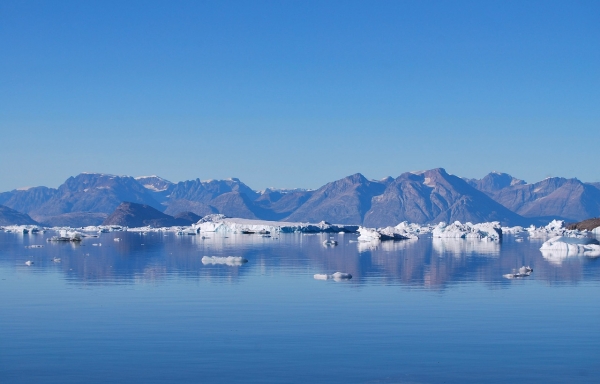The melting of Greenland is accelerating, with an estimated loss of between 964 and 1735 gigatonnes of ice per year by 2100 in a scenario of high greenhouse gas emissions (SSP585), according to three regional climate models. This melting will lead to a rise in sea levels of up to one metre, threatening millions of people in coastal areas. New research conducted by the University of Liège and supported in particular by its NIC5 supercomputer will contribute to future IPCC assessments.
Greenland's glaciers are melting at an alarming rate. Two recent studies, one coordinated by the University of Liège and published in Geophysical Research Letters, the other published in a scientific press release, reveal the scale of the problem. Three regional climate models (RACMO, MAR and HIRHAM) offer varying predictions for the melting of the ice, but all agree on one conclusion: Greenland will lose a massive amount of ice by 2100, accelerating the rise in sea levels.
According to the projections, the ice sheet could lose between 964 and 1735 gigatonnes of ice per year by the end of the century, depending on the model used," explains Quentin Glaude, an engineer at the Montefiore Institute at ULiège. These differences, although significant, do not hide the essential fact: the melting of the ice is an irreversible process if greenhouse gas emissions are not drastically reduced". The research team pointed out that these differences stem from the way in which each model treats the flow of meltwater. For example, when snow melts, some of the water infiltrates and refreezes, while the rest flows directly into the ocean. This complex process, influenced by feedbacks linked to albedo (surface reflectivity), is a key factor in the discrepancies between the models.
Read more at University of Liège
Photo Credit: JChristophe_Andre via Pixabay
Sci/Tech Climate Top Stories
